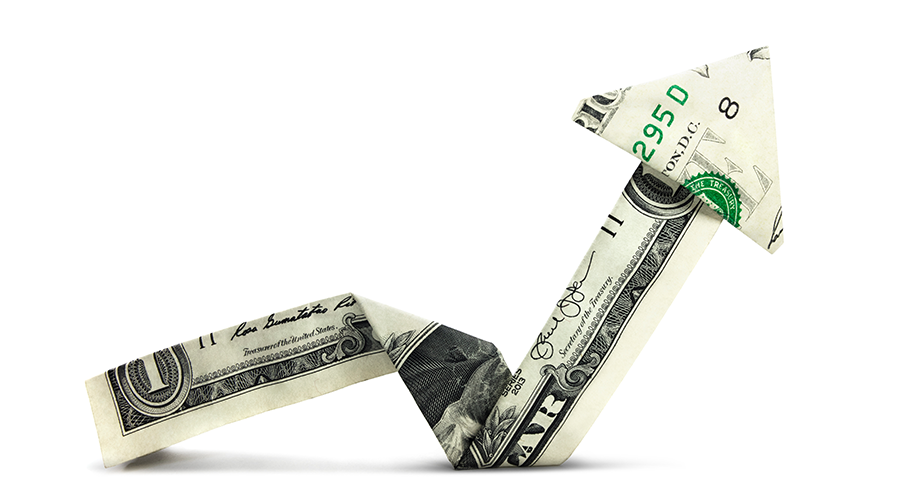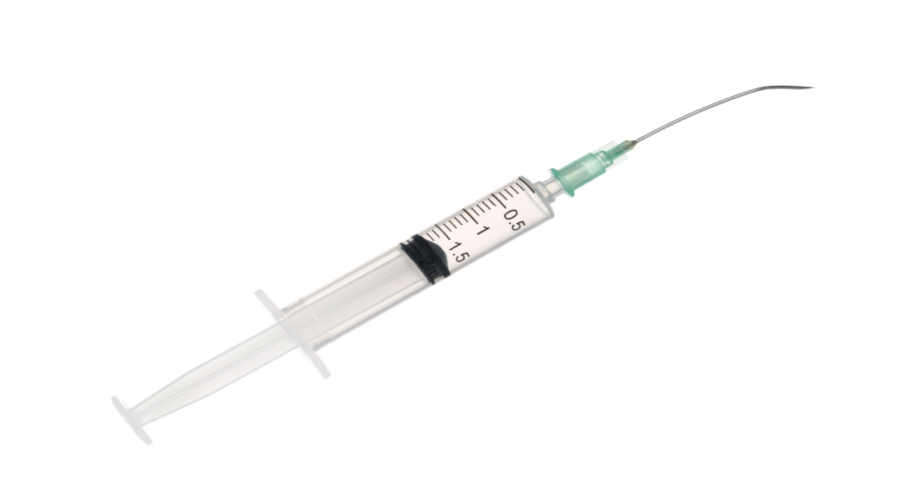Is your independent pharmacy still stuck behind the counter?
Even amid paltry reimbursements and unpredictable clawbacks, prescription sales still make up 95 percent of independent pharmacy business on average.
That leaves a measly 5 percent for the front end. Pharmacies with such a significant imbalance are leaving a lot of profit on the table. “The OTC for the most part is cash sales,” said Gabe Trahan, Senior Director of Store Operations and Marketing at the National Community Pharmacists Association (NCPA). “And cash sales means no one’s going to ask you for money at the end of the quarter. There are no clawbacks. Cash sales go into your bank.”
The fact that cash sales not only provide greater margins but also instantly contribute to your cash flow gives OTCs a dual benefit that prescription sales simply can’t provide. While margins pad your bottom line, cash flow frees your pharmacy to invest in new opportunities to grow your business.
Trahan said independent pharmacies should be pushing to get at least 10 percent of their revenue from the front end, a number he’s rarely seen in his long career. Although that’s an ambitious goal, many independent pharmacies can achieve it. “It’s important to know that there’s a lot more you can do with your front end,” Trahan said.
Another major front-end benefit, which Trahan said is often overlooked, is customer attraction and retention. Building up your front end ensures you always have what patients need so they won’t go looking for it somewhere else. If they have to trek to another pharmacy to get an OTC, they’ll likely get their prescription there as well.
“Why would you risk someone getting their omeprazole or eye patch from the other store up the road and coming on back to get their prescription?” Trahan said. “You never want to risk that. You need a full OTC department.”
Prioritize the private label
You can’t have a truly full OTC department without one of the most lucrative front-end categories: private label products.
Private labels give you better margins than the national or wholesaler brands. Some private labels boast up to 70 percent margins in certain categories. Plus, because they cost less to purchase, you can earn those margins while selling the products at a lower price tag than their brand-name counterparts. “It’s going to bring in a lot of customers and keep them in,” Trahan said.
Most importantly, Trahan said, private labels will set you apart. “The biggest advantage is it’s yours. It’s your label. Your label that you share with a few friends that are independents,” he said. “You’re probably not going to find it in the dollar store. You’re not going to find it in the chain store. You’re probably, unless someone’s breaking all the rules, not going to find it on Amazon.”
If better margins, attractive prices, and a unique offering convince you to adopt a private label line, next you’ll need to decide which private label to use.
Not all private labels are created equal. For Trahan, there are two deal breakers. “If they can’t help me with point-of-sale purchase material and if the packaging isn’t straight across the board, I’m walking away,” he said. Trahan also said to look for a 100-percent guarantee and a great package that builds brand. Ideally, the private label manufacturer will provide additional services such as signage, merchandising support, and rebates.
How to sell your private label
Once you’ve decided to adopt a private label, how do you move those items off the shelf?
Start with prices. If you’re pricing the products yourself, use Trahan’s suggested method for finding the perfect price. Simply take the brand price and reduce it by 20 to 25 percent. Customers will appreciate those savings, and your pharmacy will still earn a healthy profit because the products cost you less than the brand.
Even though you should prioritize your private label in your merchandising, don’t relegate brands to the no-mans-land of your front end. Trahan is adamant that your private label should sit next to the brand on the shelf. Customers need to see them side-by-side.
“You need the private label to compare to something. A private label or preferred brand that stands on its own will not sell as quickly as it would if it’s standing next to the brand,” Trahan said. “The more popular the brand becomes, the more your private label is going to be looking as a great alternative, as long as you don’t give up on the brand.”
“It’s important to know that there’s a lot more you can do with your front end.”
To really make your private label shine, place the products on a shelf behind the pickup or drop-off counter beneath a sign that reads, “Our Pharmacists Recommend.” When patients ask where to find a brand name product, grab your private label from the shelf and tell them it’s what the pharmacist recommends.
Chances are they’ll take it. “If you ask the pharmacist, ‘Hey I got a bad cough, what should I take,’ and he says go drink some diesel fuel, I’ll say, ‘I’m on that,’” Trahan said.
More difficult decisions involve your choice of inventory. Many private labels offer more than a thousand products across every category. You can’t successfully stock all of them. Trahan suggests focusing on popular and niche items, gathering intel from the chain pharmacies, and seeking feedback from your customers.
If you really want to get your front-end revenue up to 10 percent of your sales, Trahan said you’ll need to hire a manager exclusively for the front end. But with these strategies, you’ll be on your way to making more money from your front end than you ever have before.
“Once you know where the money is, where the niches are, how important your private label is,” Trahan said, “you can start to make more money up front and start to move that needle, maybe reach that 10 percent.”
Top Four Product Categories That Always Stay Hot
Make sure your private label has a full line of products in these categories that are always in demand.
1. Anti-aging
2. Weight control
3. Energy
4. Stress relief
Margin Maximizers
These product categories generally offer the best margins. Selling private label versions of these products earns you even more.
- Family planning
- Food care
- First aid
- Wound care
- Compression stockings
Top 10 Ways to Get More Money From Your Front End
Independent pharmacies could be earning more from their front end. Ramp up your pharmacy’s front-end revenue with these 10 strategies from Gabe Trahan, Senior Director of Store Operations and Marketing at the National Community Pharmacists Association (NCPA).
1. Private label sales
Private label products provide greater margins and differentiate your pharmacy from your competitors. Call them your “Preferred” products.
2. Companion sales
Pair similar items together to encourage more purchases. For example, put tissues next to cough and cold products.
3. Smart pricing
Pricing price-sensitive items too high will give you a reputation for being expensive. Pricing them too low hurts your bottom line. Trahan suggests starting with the brand price and cutting back 20%–25%.
4. The right items
Don’t extend line items unless you know the new items will sell. Stick to stocking high-demand products rather than fringe specialty items.
5. No bare shelves
Bare spots on your shelves give the impression of a dying business. Or one that doesn’t care about its front end. If you don’t know what to put there, fill it with your private label.
6. Double-faced products
Products should be two-wide and three-deep at least. Which means a minimum of six.
7. Niche items
Seek out niche items to differentiate your offerings. You may have to search a bit to find them, such as at tradeshows.
8. Blind items
Blind items are items customers will often buy without worrying about the price. They typically offer a higher margin. Don’t worry as much about undercutting your competition’s pricing on these items.
9. Spy your competition
Visit your competitor’s store to see what they’re offering. Evaluate whether it makes sense to add it to your front end.
10. Use a “want book”
Keep a book under the counter to record what your patients want you to stock. Always ask patients if they found what they were looking for.
From the Magazine
This article was published in our quarterly print magazine, which covers relevant topics in greater depth featuring leading experts in the industry. Subscribe to receive the quarterly print issue in your mailbox. All registered independent pharmacies in the U.S. are eligible to receive a free subscription.
Read more articles from the December issue:
- The complete guide to CBD, the new profitable plant product sweeping the nation
- How to protect your patients from online pharmacy scams
- The latest independent pharmacy trends from 2018 NCPA Digest
- How to boost front-end revenue by engaging all five senses
- The guide to getting a loan from the experts who lend them out
- How one independent pharmacy thrives through nonprofit partnerships
- New USP guidelines on water purity for reconstitution












